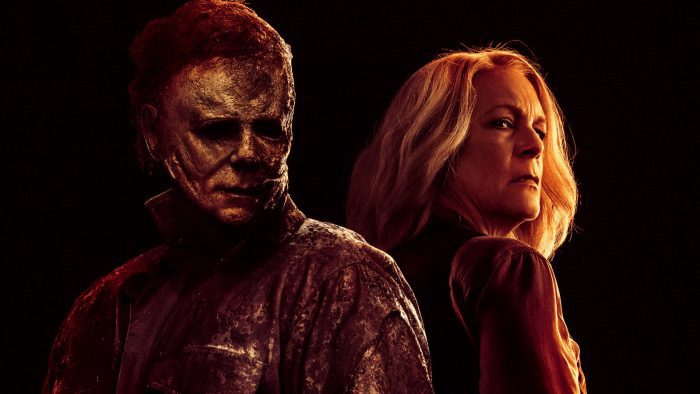The Village of Port Jefferson reignited a time-honored tradition last weekend during its 26th annual Charles Dickens Festival.
Hundreds of community members, visitors, business groups and local organizations participated in the festivities from Friday, Dec. 2, to Sunday, Dec. 4.
The show went on despite hard rains and gusting winds throughout the morning and early afternoon Saturday. Mayor Margot Garant, decked out in traditional Dickensian garb, commented on the turnout in the face of these conditions.
“To me, it just shows how important this festival is to not just this community but kids coming from St. James and beyond who are coming to see Santa,” she said. “It’s just magic, and rain or shine we’re going to be doing Dickens.”
Deputy Mayor Kathianne Snaden concurred with this positive outlook, regarding the festival as another means for community-building. “It’s heartwarming to see everybody still supporting this festival,” she said.
Trustee Stan Loucks commented on the uniqueness of the opportunities afforded through the festival and the steady growth of the events over its nearly three decades in existence.
“It’s grown every single year, and it’s just the most festive time of the year,” he said, adding, “I love the whole atmosphere, the village center. It’s a very special place, and I look forward to this every year.”
The program across all three days was loaded with special events featuring the various elements that formulate this distinct village’s character. The heart of Port Jeff was on full display, from its downtown business sector to its local history, public institutions and more.
At the Bayles Boat Shop, local shipbuilders showcased their ongoing work to construct a 25-foot whaleboat honoring the village’s Revolutionary War heritage.
John Janicek, treasurer of the boat shop’s nonprofit arm, the Long Island Seaport and Eco Center, detailed how the whaleboat ties together various threads of Port Jeff’s historical roots.
“It not only ties in the historical aspect that Caleb Brewster performed here during the Revolutionary War and [the role] Port Jefferson played, but it also ties in our shipbuilding aspect, too,” Janicek said. “We’re getting a lot of support from the village on this. They see this as something the whole village can get their arms around and embrace, similar to the Dickens Festival.”
Over at the Drowned Meadow Cottage on the corner of West Broadway and Barnum, local historians greeted visitors with guided tours detailing Port Jefferson’s strategic position during the Revolutionary War. They shared stories of local patriots whose involvement in the Culper Spy Ring helped advance the cause of American independence.
Village historian Chris Ryon discussed how the Dickens Festival offers a platform to promote local history to residents and visitors alike.
“We take the people from Dickens and tell them how Port Jefferson was involved in the Culper Spy Ring,” he said. “It’s another group of people that we can bring in.”
Mark Sternberg, Culper Spy Ring historian at the Drowned Meadow Cottage, offered a unique take on Dickens. He remarked upon the intersection of the Dickensian and Revolutionary periods and how people today can relive tradition and rehear the lore of the past.
He said, referring to the American spies, “A lot of these people survived into the 1800s, and the stories of the American Revolution were told during the 1800s. For us to tell stories about the American Revolution as part of the Dickens Festival, it’s what they would have done.”
The historian added, “It’s keeping with the tradition of telling a story about the founding of our nation, even in later periods. Now Charles Dickens may not have talked about it because he was British, but here in America during the Victorian era, we would have.”
Along with stories of the past, the village exhibited the musical talents of local students. At the Port Jefferson Free Library, the Edna Louise Spear Elementary School chamber orchestra delivered moving string performances, filling the library with festive tunes.
Their music teacher, Christian Neubert, summarized this Dickens custom. “For a number of years now, we’ve been coming to perform here at the library during the Dickens Festival,” he said. “It’s a great opportunity to get our students out for a performance and to get the community involved with our music program.”
Jessica Schmettan, superintendent of schools for Port Jefferson School District, was among the dozens of audience members at the library. She expressed pride in seeing the students perform before their fellow community members.
“It’s just amazing that our students can be performing in the village in which they live,” she said, adding that the festival “gives them a different avenue to perform in, not just the auditorium or the classroom but in front of a real audience.”
At Suffolk Lodge No. 60 on Main Street, the oldest Masonic lodge on Long Island, brothers treated guests to magic shows and a dance festival. Downstairs, they served freshly baked cookies and hot chocolate.
Chris Connolly, master of the lodge, said the lodge dates back to the late 18th century. He expressed delight at seeing this historic organization maintain an active community presence through Dickens.
“Being a part of the community is a big part of who we are and helping others,” Connolly said.
Jason Intardonato, senior deacon of Suffolk Lodge No. 60, discussed Dickens as a means of strengthening local connections and a time for selflessness.
“The Dickens Festival provides us with an extraordinary opportunity to interact with our neighbors here and with the community in Port Jefferson and to allow them into our space, entertain them for a while during the holidays, and give back,” he said.
Farther along Main, Jeffrey Sanzel’s annual production of Charles Dickens’ “A Christmas Carol” at Theatre Three is an active reminder of the historical background to the Dickens Festival.
The festival also provided a platform for some to communicate their message on a larger stage. For the second month in a row, protesters from the farmworkers union Local 338 RWDSU/UFCW gathered outside the Pindar wine shop in yet another call of action to negotiate a contract. The dispute is part of more than a year of negotiations between the union and Pindar Vineyards, the wine store’s parent company.
John Durso, president of Local 338, joined the picketers on Main Street during the festival. “We knew that today was the Dickens Festival,” he said. “We knew that there would be a lot more people around, so we decided to … bring attention to the fact that these workers, like everybody else, are entitled to the same dignity and respect that all workers should have.”
Coordinating the annual festival is a monumental task for the village and the various stakeholders involved in its planning. Kevin Wood, the village’s director of economic development, parking administrator and communications committee head, thanked the sponsors who supported the festival and commented on the event’s success despite the inclement weather conditions.
“Because this has been [going on for] 26 years, people understand that this is one of the most unique events on Long Island, so they’re going to fight the rain to be here,” Wood said. “To support the production and the infrastructure, there are so many volunteers but there are also so many people staffing to make it work.”
Snaden concluded by offering how the Dickens Festival advances some of the village’s highest aims. She said the community uncovers its sense of place through an event such as this.
“It really goes to the sense of community that we all have,” she said. “All the work that goes into this festival and how everybody comes together, it’s a beautiful thing to see.”







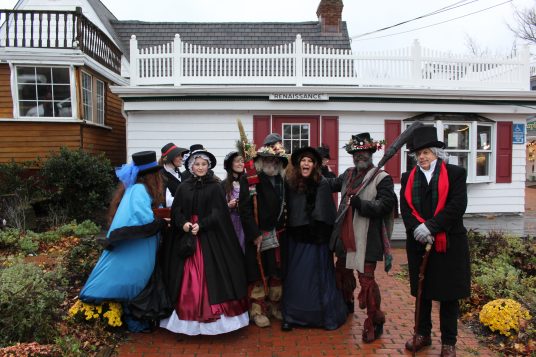






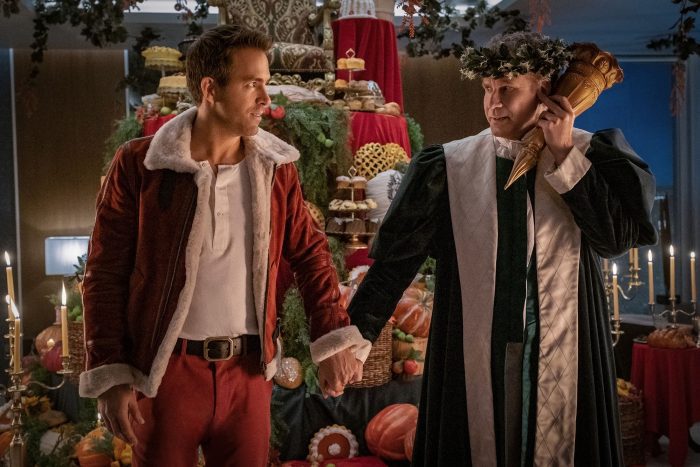


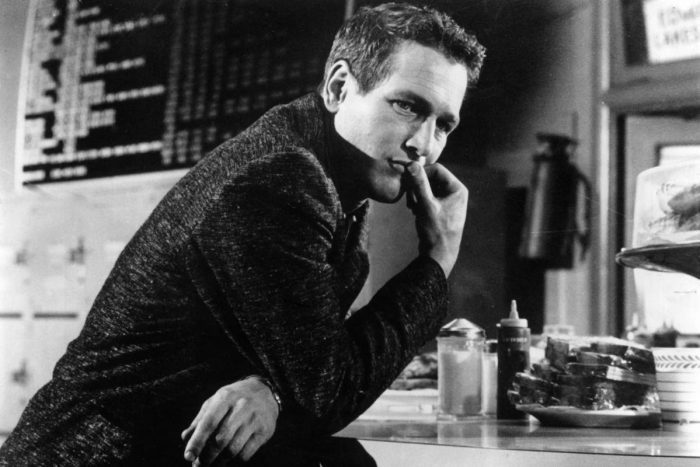
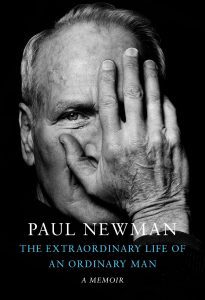 David Rosenthal has compiled and edited the chronicle into The Extraordinary Life of an Ordinary Man (Knopf Doubleday). Presented as Newman’s memoir, Rosenthal intersperses Newman’s very personal perspective with the additional interviews. The intense, riveting work reflects a man of fascinating contradictions whose legacy lives on in cinematic history and far-reaching philanthropy. Newman’s daughter, Melissa, describes the book as “… a sort of self-dissection, a picking a part of feelings, motives, and motivations, augmented by a Greek chorus of other voices and opinions, relatives, navy buddies, and fellow artists. One overriding theme is the chronic insecurity which will be familiar to so many artists. Objectivity is fickle.”
David Rosenthal has compiled and edited the chronicle into The Extraordinary Life of an Ordinary Man (Knopf Doubleday). Presented as Newman’s memoir, Rosenthal intersperses Newman’s very personal perspective with the additional interviews. The intense, riveting work reflects a man of fascinating contradictions whose legacy lives on in cinematic history and far-reaching philanthropy. Newman’s daughter, Melissa, describes the book as “… a sort of self-dissection, a picking a part of feelings, motives, and motivations, augmented by a Greek chorus of other voices and opinions, relatives, navy buddies, and fellow artists. One overriding theme is the chronic insecurity which will be familiar to so many artists. Objectivity is fickle.”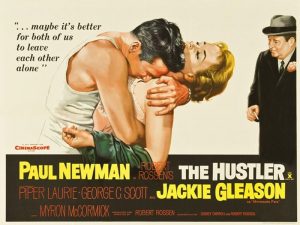 As a tribute to Paul Newman, the Cinema Arts Centre, 423 Park Ave., Huntington will host a special event celebrating the publication of The Extraordinary Life of an Ordinary Man on Monday, Nov. 28 at 7 p.m. The evening will feature a screening of Newman’s most enduring film, the 1961 sports drama The Hustler followed by a discussion with Paul Newman’s daughter, Melissa Newman. Tickets are $43 for film and discussion; $25 for the film only. To order, visit
As a tribute to Paul Newman, the Cinema Arts Centre, 423 Park Ave., Huntington will host a special event celebrating the publication of The Extraordinary Life of an Ordinary Man on Monday, Nov. 28 at 7 p.m. The evening will feature a screening of Newman’s most enduring film, the 1961 sports drama The Hustler followed by a discussion with Paul Newman’s daughter, Melissa Newman. Tickets are $43 for film and discussion; $25 for the film only. To order, visit 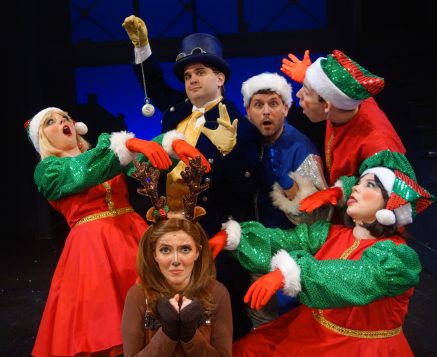

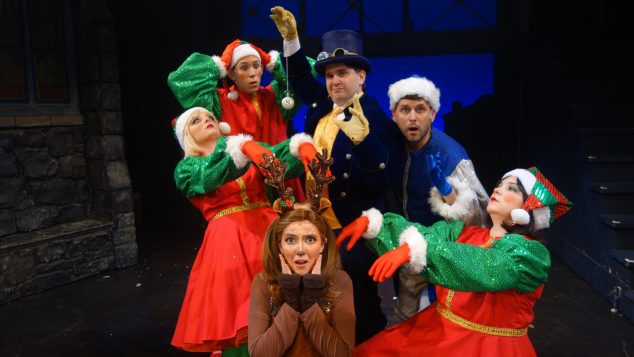








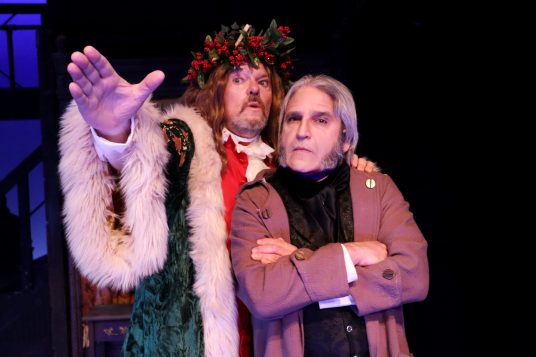
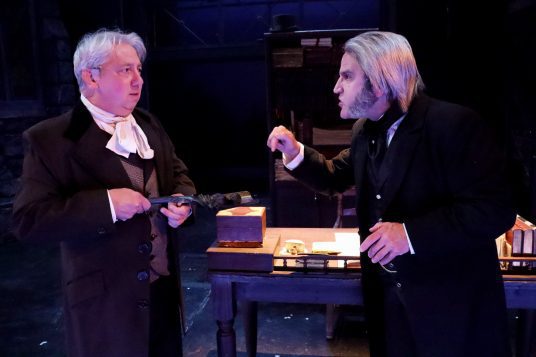
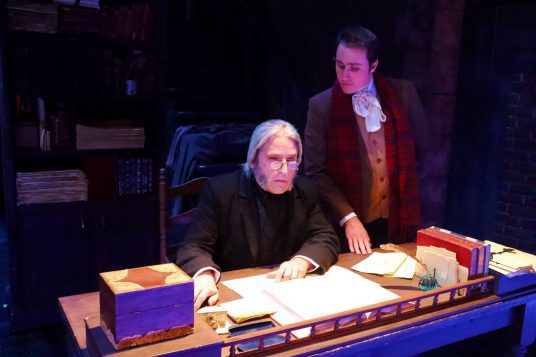
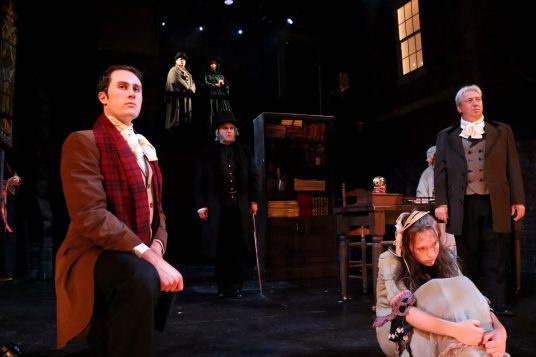
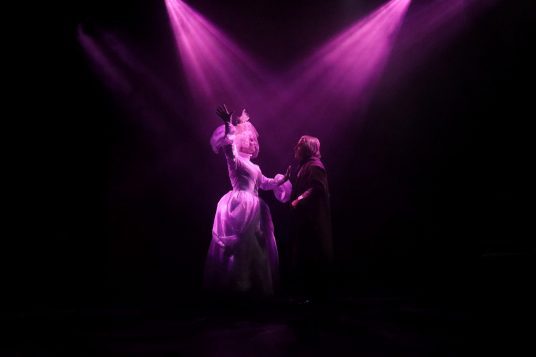
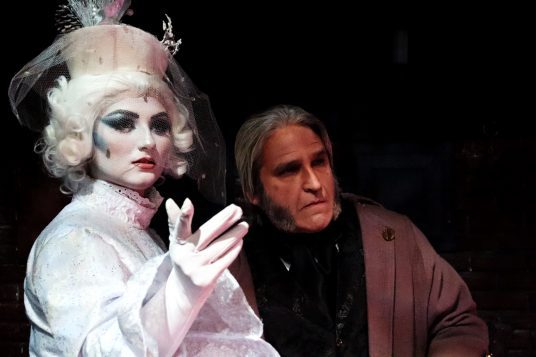



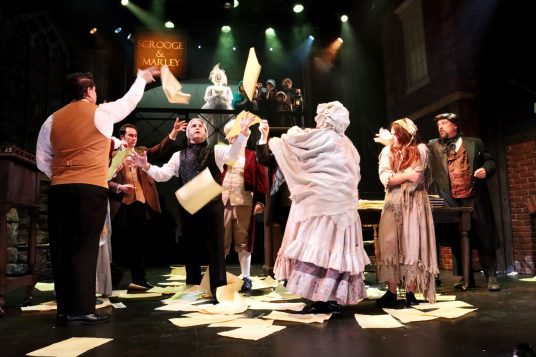
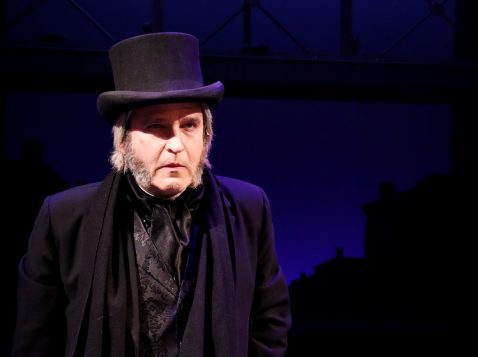

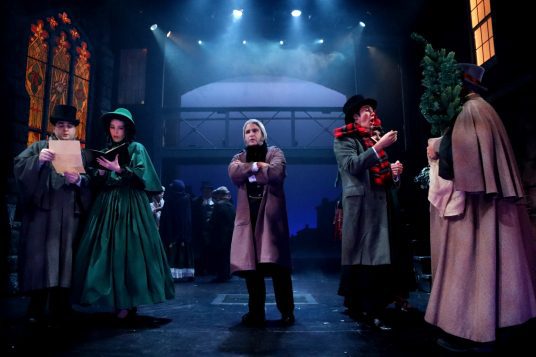
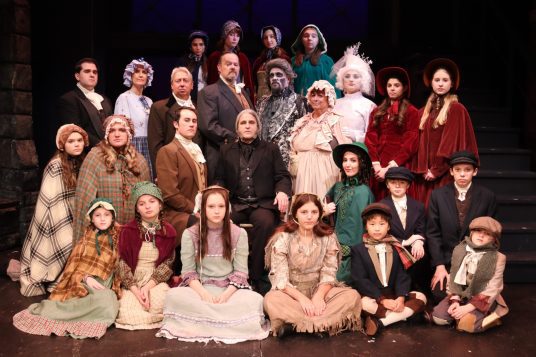
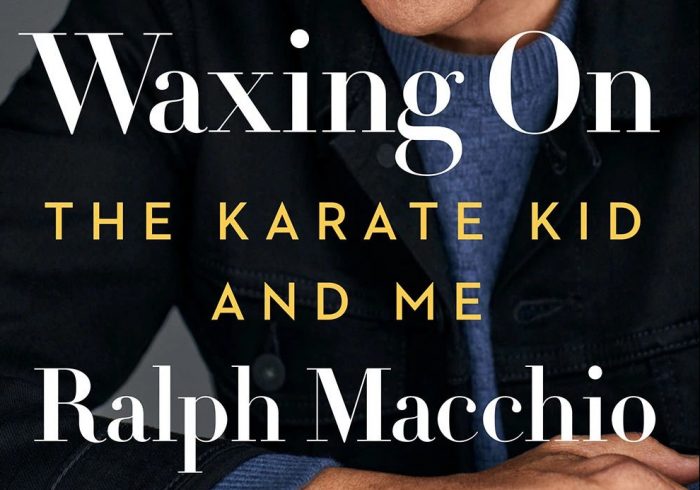
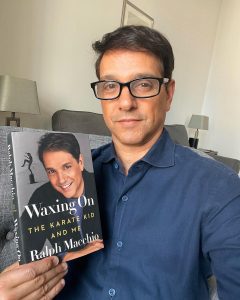
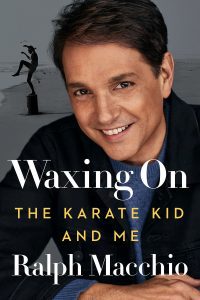 Morita, in particular, is singled out for his contribution. At the time, the actor was best known as a stand-up comedian and for his stint as Arnold on Happy Days. During his audition, Morita introduced the famous hachimaki (headscarf), explaining its significance. Along with the crane, the cloth became one of the film’s most memorable images. Eventually, Morita won the role of the Okinawan sensei, garnering an Academy Award nomination for Best Supporting Actor.
Morita, in particular, is singled out for his contribution. At the time, the actor was best known as a stand-up comedian and for his stint as Arnold on Happy Days. During his audition, Morita introduced the famous hachimaki (headscarf), explaining its significance. Along with the crane, the cloth became one of the film’s most memorable images. Eventually, Morita won the role of the Okinawan sensei, garnering an Academy Award nomination for Best Supporting Actor. He writes candidly about the 2010 remake, the How I Met Your Mother appearances, and the YouTube The Karate Kid: Daniel is the REAL Bully. He acknowledges these and other cultural moments kept the characters alive.
He writes candidly about the 2010 remake, the How I Met Your Mother appearances, and the YouTube The Karate Kid: Daniel is the REAL Bully. He acknowledges these and other cultural moments kept the characters alive.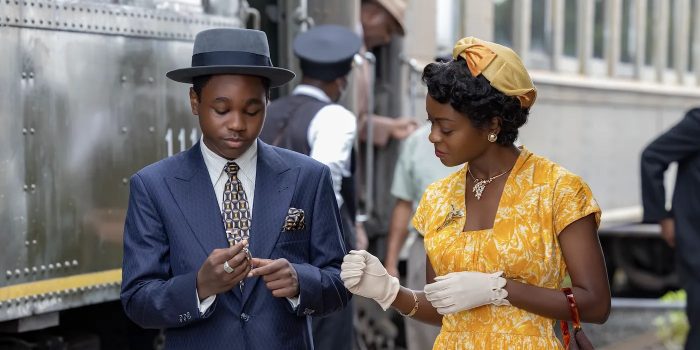

 The second chapter, “The Yacht,” sees the couple on a high-end ocean excursion populated solely by the wealthy. Among the guests are a gregarious Russian fertilizer mogul, Dimitry (Zlatko Burić), and a sweet elderly British couple, Winston (Oliver Ford Davies) and his wife, Clementine (Amanda Walker), who are arms manufacturers.
The second chapter, “The Yacht,” sees the couple on a high-end ocean excursion populated solely by the wealthy. Among the guests are a gregarious Russian fertilizer mogul, Dimitry (Zlatko Burić), and a sweet elderly British couple, Winston (Oliver Ford Davies) and his wife, Clementine (Amanda Walker), who are arms manufacturers.